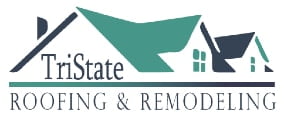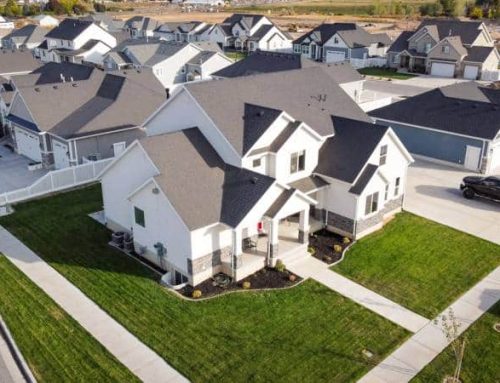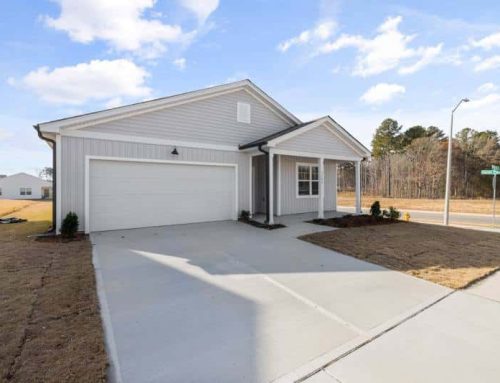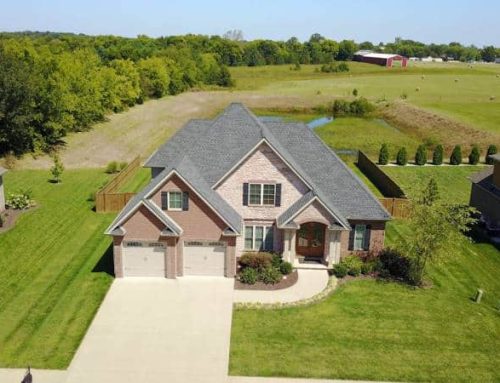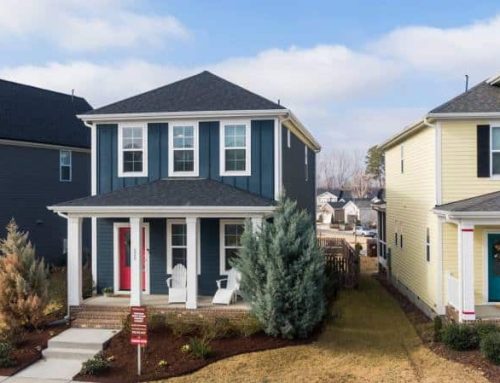Roofing systems are complex and multifaceted. They’re designed to withstand extreme weather conditions, protect against damage from wind, snow, hail, rain and sun, and provide protection from insects, rodents, birds, and animals. A properly installed roof system performs many functions, including protecting the interior space of a building from water intrusion, helping to keep air circulating inside the structure, preventing heat loss, providing insulation, and reducing noise transfer.
As a homeowner considering a new rooftop, it’s important to consider what makes a roof energy-efficient. A roof that’s well maintained will typically be able to perform those tasks better than one that’s neglected. But there are several factors involved in making sure your roof is performing efficiently.
Here are a few factors that help determine your roof’s energy efficiency.
Solar Reflection
The way your roof reflects sunlight can make a big difference in how efficiently it keeps you cool during the summer months. In fact, according to the National Renewable Energy Laboratory, a single square foot of reflective roof material can reduce the amount of solar radiation absorbed by your home by up to 30%! This helps prevent heat buildup inside your house, making it easier for you to enjoy the benefits of a well-insulated home throughout the warmer seasons.
A new roof will have a reflective value that is higher than older models, meaning it won’t absorb as much solar energy. As such, they’ll retain less heat and release it slowly over time.
Roof Ventilation
Ventilation systems work by creating airflow across your roof. They’re called “vented roofs,” because they ventilate the space under the shingles and keep out moisture. There are several types of ventilation systems, including ridge vents, gable vents, and soffit vents. All three work well for different situations.
A ridge vent is best used on steeply sloped roofs where the pitch is less than 30 degrees. Ridge vents are installed on the eave side of the roof, usually near the peak. They’re designed to pull air up off the roof deck and distribute it evenly over the entire roof surface.
Gable vents are better suited for flat roofs, especially those with low pitches. Gable vents are installed along the sides of the roof, usually around the eaves. They also help prevent water damage to the roof deck.
Soffit vents are best used on flat roofs. Soffits are the area between the fascia board and the roof sheathing. Soffit vents are installed above the soffits. They draw air down onto the roof deck, helping to dry out the underside of the roof.
Color of your shingles
Most people know that dark clothing absorbs heat on a sunny day. But did you know that dark siding can do the same thing too?
That means the color of your house should vary depending on where it is located and what type of weather conditions you experience there. Homes in colder parts of the country — such as New England and Canada — are often painted white because they tend to have cooler temperatures during the winter months. In warmer regions like Florida, Texas, Arizona, and California, homeowners paint their houses light gray, tan, yellow, or green because those hues reflect sunlight better.
The same principle applies to roofs. Darker shades reduce solar gain and keep your home cooler. Roofs in cold-weather areas should feature darker colors like black, brown, or red; those in warm-weather areas should use lighter colors like white, blue, or even green. This helps protect your property against the sun’s harmful rays.
And just like clothes, the color of your roof affects how much money you spend heating and cooling your home. A study conducted by the National Bureau of Economic Research found that every $1 increase in annual energy consumption increases residential utility bills by about $5. And since most Americans pay around $100 per month for electricity alone, paying more to cool and heat your home can really add up over time.
Modernized Shingles
When it comes to roofing materials, there are many options out there. Some people opt for traditional asphalt shingles while others choose fiberglass, tile, wood shakes, metal panels, etc. While each material offers different benefits, one thing is certain: you want to make sure you’re getting the best value for your investment.
The good news is that there are now some newer types of shingles on the market that offer better performance than those old ones. These shingles are known as “modernized shingles” because they’ve been improved over older versions in terms of durability, strength, and overall effectiveness. Modernized shingles are made from a combination of polyester fibers and asphalt, which makes them stronger and more durable than traditional asphalt shingles.
They can also be less expensive than traditional asphalt shingles because they’re made from recycled plastic. And, they’re more environmentally friendly because they don’t contain any petroleum products.
Ready to Get Started?
The first step to finding out if you can reduce energy costs through a new roof is to get an inspection & estimate. Tristate Roofing & Remodeling has over 60 years of combined experience, and we’re here to help. Call us today to set up an appointment for a free estimate!
